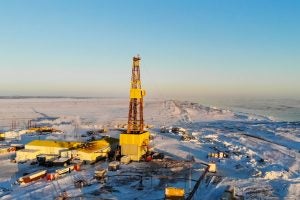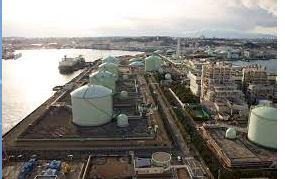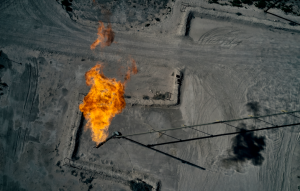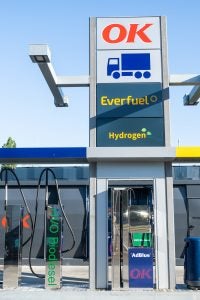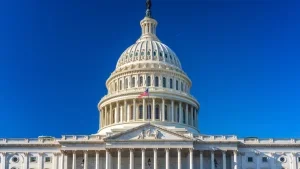 By Elizabeth B. Stein and Cole Jermyn
By Elizabeth B. Stein and Cole Jermyn
Back in December, the New Jersey Board of Public Utilities released a revised straw proposal for the development of charging infrastructure for zero-emission medium- and heavy-duty vehicles throughout the state. This proposal comes over a year after the preliminary proposal was released in June 2021. When it comes to building infrastructure at a large scale and the urgent need to reduce greenhouse gas emissions and other health-harming pollution, especially in already overburdened communities, a year’s delay is costly. The BPU must work quickly to finalize an order and direct the utilities to implement their resulting programs soon to align with the rapid deployment of zero-emission trucks and buses expected in New Jersey.










